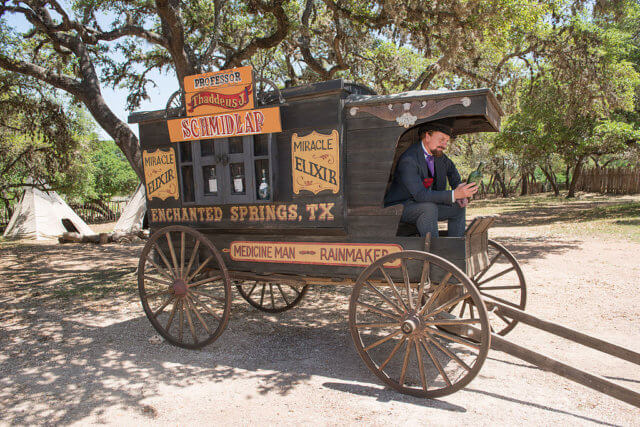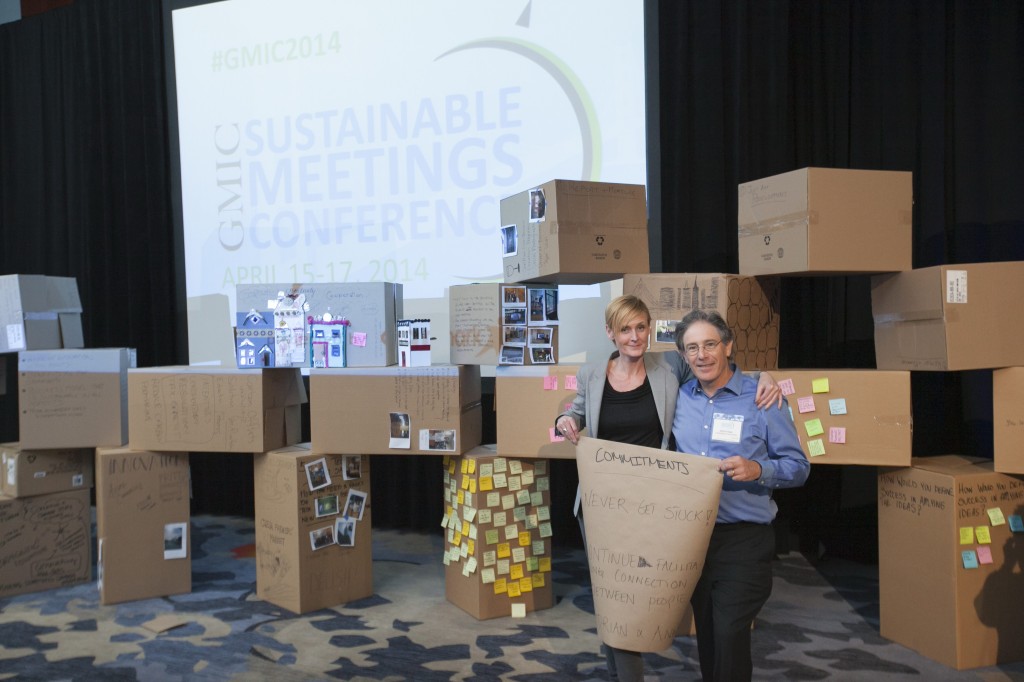Are NFTs the future of event marketing?

Introduction
This post was prompted by a recent conversation in the private EventProfs Mastermind for Event Planners Facebook group. [You’ll need to be a member to read it.] Entrepreneur hustler Gary Vaynerchuk has launched a novel way to sell access to his future conferences and services: VeeFriends.
Mr. Vee is using a conventional reverse Dutch auction to sell 10,255 non-fungible tokens (NFTs) that act like traditional tickets for events and services. NFTs are data stored in a digital ledger, aka blockchain, that cryptographically certify a digital asset to be unique.
Let’s be clear that digital assets linked to their NFT owners are not private. Anyone can view or make a copy of the digital asset. For example, anyone can view or download Beeple’s “The First 5000 Days” artwork, the NFT for which sold for $69.3 million on March 11, 2021.
If you want to download Beeple’s “The First 5000 Days”, which was sold for $69.3 million, it is publicly available 🤦♂️💸
It’s a 21069×21069 jpeg image (304 MB).
The NFT: https://t.co/ZsQOYC8ILA
“raw_media_file.description” is the URL. And it’s easier to download with curl. https://t.co/UPl3E74Fkc pic.twitter.com/Z2p6JKHvv0— Aleksey Kulikov (@alekseykulikov_) March 17, 2021
The sole advantage of “owning” an NFT, then, is that you can prove to others you own it.
In addition, NFTs are typically purchased with cryptocurrency, adding an extra layer of complexity (at least for most of us) to the sales process.
What are the advantages of event marketing using NFTs?
Using NFTs to market access to events has a few, in my view dubious, advantages.
NFTs are flashy and hot
We already have perfectly good ways to buy and bid for things we want. Perhaps you’ve heard of “money”, and “auctions”? However, Mr. Vee is jazzing up his marketing with cryptocurrency and NFTs, and this has generated great publicity for him.
NFTs are (hopefully) hard to forge
Due to the way blockchain works, it’s thought to be hard to forge ownership of an NFT (though that hasn’t stopped people from trying). From the event marketing perspective, that means that using NFTs may make it harder to fake an entry credential or service access than when using conventional ticket security. But I’m not sure this is a big deal, except perhaps for very high-security events.
NFTs can provide control over the resale of event purchases
Like regular tickets, NFTs can be set to expire at a future date. You can also resell NFTs on NFT marketplaces. The original issuer of the NFT can keep track of resales and, if desired, extract a fee on resale. (For example, Mr. Vee’s NFTs can be resold, and Mr. Vee receives an additional 10% “royalty” when this occurs.) NFT issuers probably see this as an advantage, while resellers and repurchasers probably don’t.
What are the disadvantages of event marketing using NFTs?
Sustainability
Ethically, the biggest strike against using NFTs is that they are an incredibly energy-wasteful technology. NFT transactions involve minting, bidding, selling, and transferring a digital token. Because of the energy-intensive processes that blockchain uses, the transactions involved in creating and selling a single NFT consume large amounts of electricity, with associated carbon emissions.
For example:
Yesterday on @niftygateway:
A single artist burned the equivalent of 49 years of electricity consumption, with an edition of just 2 artworks.
CO2 emitted: 103,129 Kghttps://t.co/47VG0pyeCH pic.twitter.com/uQof3MVuIu
— ᴊᴏᴀɴɪᴇ ʟᴇᴍᴇʀᴄɪᴇʀ (@JoanieLemercier) February 20, 2021
There are arguments about how to accurately calculate the energy and climate effects of NFTs (and cryptocurrencies in general—bitcoin alone already consumes ~0.6% of global electricity consumption). In addition, people have proposed new crypto approaches to reduce energy consumption and carbon emissions. Nevertheless, using NFTs to replace far simpler and less energy-wasteful traditional methods of proving ownership is hard to justify in the face of humankind’s climate emergency.
Over the past ten years, the meeting industry has become increasingly aware of the global effects of in-person meetings on energy and resource consumption. We need to continue to do our part by eschewing new, unnecessary ways to consume energy and emit carbon.
No added value to purchasers over existing channels
By incorporating NFTs into his business model, Mr. Vee adds nothing of value to what he’s doing, which is selling access to his conferences and person and networking with other fans.
Yes, Mr. Vee gets publicity and additional NFT resale income. And I’m sure his fans will suck it right up.
That’s great for him. But I see no upside for buyers.
Added, unnecessary, complexity
Purchasing NFTs requires the involvement of blockchain, and access to cryptocurrencies (currently, usually Ethereum).
Here’s what you have to do to purchase one of Mr Vee’s NFTs!
I’d prefer to use my credit card.
Conclusions
Last week, the value of most cryptocurrencies dropped ~10% in one day.
You may think I’ve been harsh on Mr. Vee’s enthusiasm for NFTs for event marketing. There are some who are harsher. For example, the well-known author Charlie Stross (I’m a fan) said:
“And about NFTs, the less said the better. Grift, 100% grift, and exploitation of artists as well. Oh, and it appears to be mostly used for money laundering. So fuck off and die if you own any, and especially if you thought pirating some of my work and turning it into NFTs would be a good way to milk the gullible.”
—Charlie Stross, Because I am bored …
(I recommend reading the whole article.)
And I haven’t the time or energy to go into what many believe are fundamental problems using cryptocurrency as money (e.g. 1, 2, 3).
Anyway.
These are my reasons why NFTs are not the future of event marketing. I’d love to hear why I’m wrong, or any other comments you’d like to share below!



